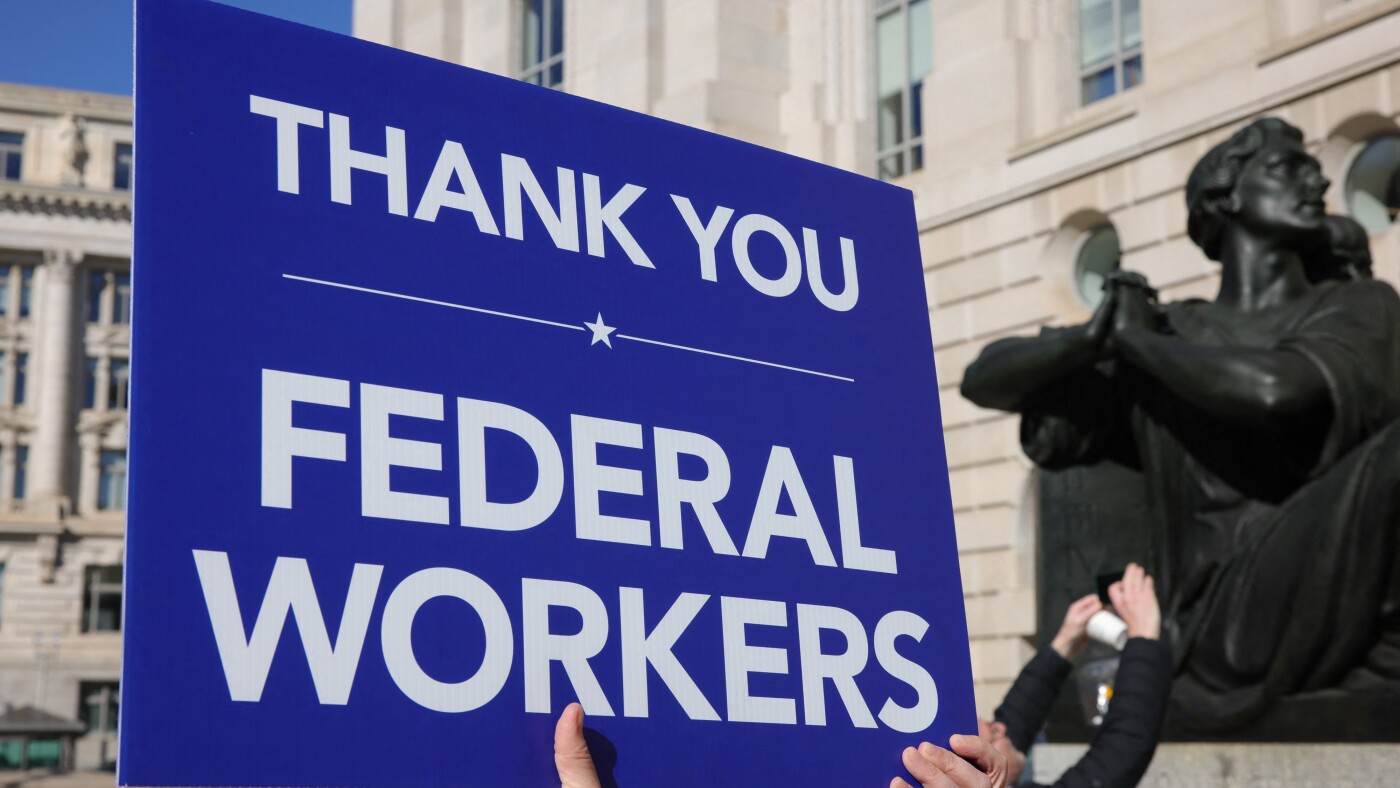Impact of the Federal Workforce Cuts in the U.S.
Background of the Situation
In recent months, federal workers across the United States have found themselves grappling with the repercussions of a significant government shutdown. This has not been an isolated incident but rather part of a broader trend initiated during the Trump administration, which saw extensive job cuts within government agencies. The ramifications of these cuts are being felt across the board, affecting both the workforce and the vital services they provide.
Emotional and Economic Toll on Workers
The emotional strain on terminated federal employees cannot be overlooked. Many of these workers dedicated their careers to serving the public, only to be abruptly sidelined due to policy shifts. Interviews conducted with affected individuals reveal a common theme of loss—not just of employment, but also of identity and purpose. The uncertainty about future employment opportunities adds an extra layer of anxiety for these individuals and their families.
The Challenge of Communication
NPR journalist Andrea Hsu has been working extensively to shed light on this issue. She highlights that getting federal workers to share their experiences can be a challenge. Many are understandably cautious about speaking out, fearing potential repercussions or simply feeling too vulnerable after losing their jobs. This hesitation complicates the process of capturing a comprehensive narrative about the federal workforce’s current state and their perspectives on the changes taking place.
The Role of Federal Agencies
As agencies have made cuts, the ability to deliver essential services has been called into question. With a reduced workforce, there’s growing concern about delays in everything from social services to regulatory oversight. This slowdown can create a ripple effect, negatively affecting citizens who rely on these services. The fragility of the system becomes more evident when examining the daily lives of American citizens who depend on these federal functions.
Supportive Communities
Despite the challenges, communities have rallied to support those impacted by the job cuts. Grassroots organizations and advocacy groups have been pivotal in bringing federal workers together, providing resources, and offering legal advice. Events like rallies and informational sessions serve as platforms for sharing stories and establishing networks for job opportunities. The solidarity on display is a testament to the resilience of those affected and the broader community’s commitment to fostering hope and recovery.
Media Representation
The media plays an essential role in relaying these important narratives to the public. By amplifying the voices of federal workers, outlets like NPR aim to inform citizens about the implications of government actions. This not only helps raise awareness but also advocates for policies that consider the welfare of federal employees. The interaction between the media and the affected population is crucial to building a well-informed public discourse about the significance of federal employment.
Looking Ahead
The future remains uncertain for many federal workers as the government navigation of budgetary constraints continues. Policymakers must weigh the economic implications of job cuts against the necessity for efficient government operation. As the situation evolves, keeping open lines of communication and fostering transparency will be key to mitigating the adverse effects on federal workers and the services they provide.
Through these discussions and actions, the hope remains that a more balanced and equitable approach to workforce management will emerge, one that allows federal workers to thrive rather than merely survive in their roles.

